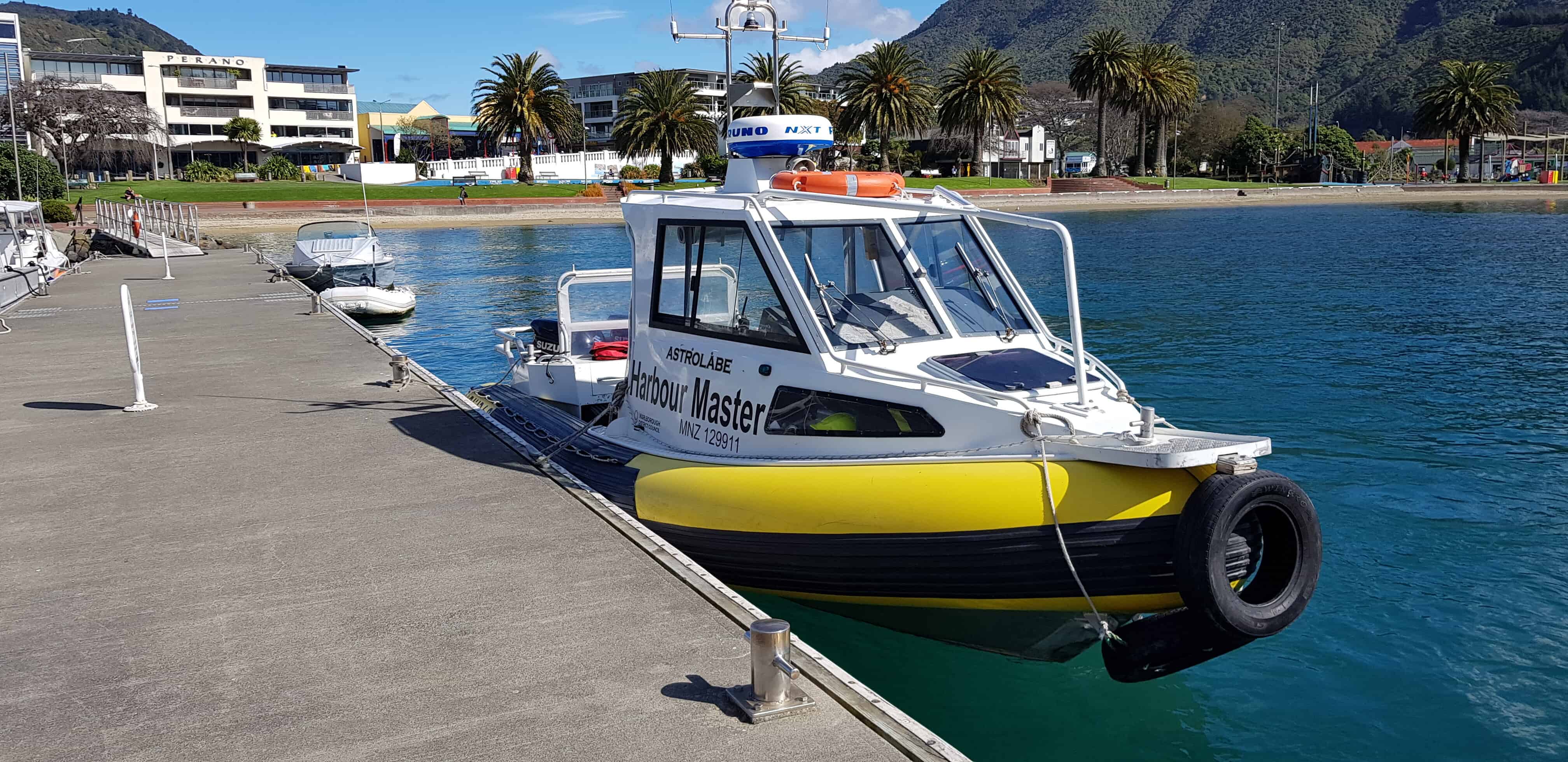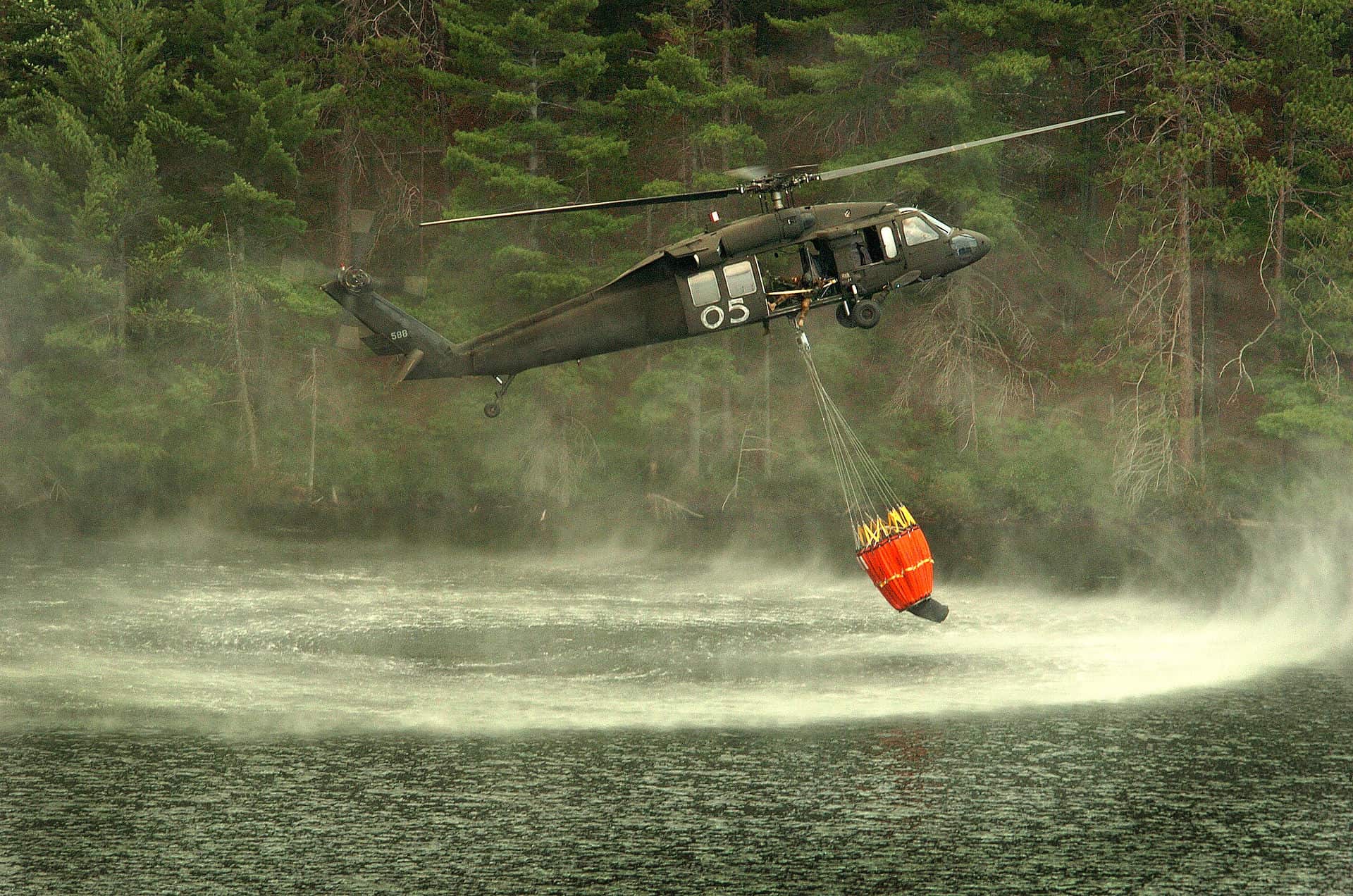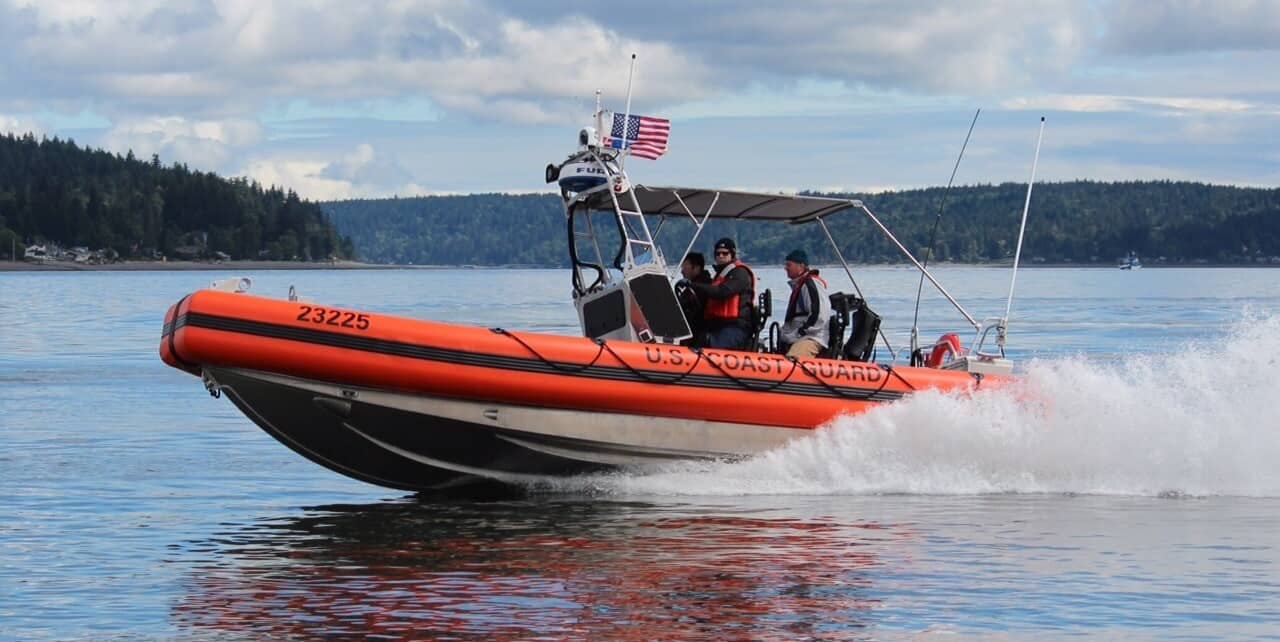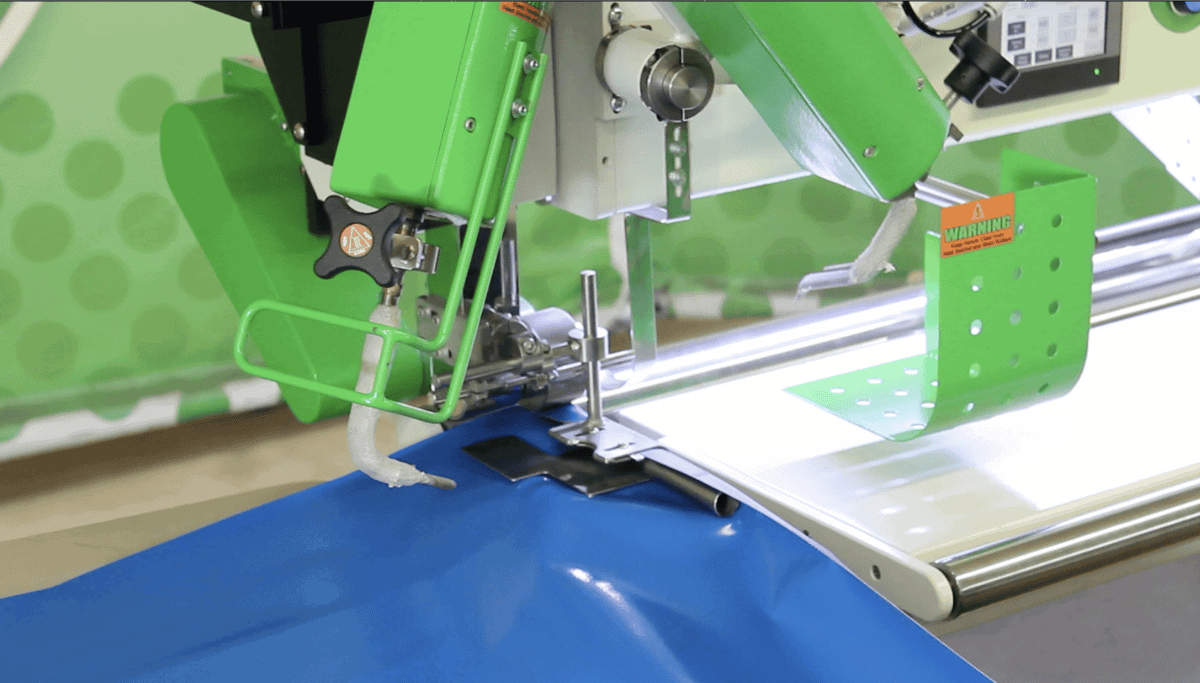
Rigid-hull inflatable boats (RIBs) are built with inflatable or foam-filled collars that enable stability and better floating.
RIBs are commonly used for rescue, military, and commercial applications. RIBS can also be used as dinghies for larger vessels, as well as leisure crafts. As for size, RIBs are generally built to be compact and lightweight for increased speed and versatility. Although, there are types that are built as large as 12 meters long with a passenger capacity of 20 people.
The key to RIB construction is the inflatable or foam-filled collar that surrounds the U-shaped hull. These collars must be able to resist extreme weather conditions and be durable enough to withstand abrasion and punctures when slamming into waves and docks at high velocity. Additionally, they must also be built to withstand long periods of UV exposure, saltwater exposure, and hydro-carbons.
In this article, we take a closer look at industrial-grade coated textile fabrics used to manufacture the inflatable collars on RIBs that make this possible.
TPU (thermoplastic polyurethane) and chlorosulfonated polyethylene (CSM), a synthetic form of rubber. These are both commonly used but have somewhat different properties which affect the RIB performance.
(CSM is most commonly referred to as Hypalon which is only a trademark that, because of its popularity, has become the generic name for the product)
WEATHER AND TEMPERATURE
RIBs, and especially extreme RIBs used as military, commercial ocean rescue boats, are often deployed in severe weather conditions. That includes both scorching and below-freezing temperatures. It’s critical that the coating used on the collars tubes is able to withstand these extreme conditions.
High temperatures are detrimental to some textile coatings due to increased oxidation of the coating and underlying fabric. Low temperatures, on the other hand, can cause many materials to lose their flexibility and crack or fail.
Both temperature extremes generally affect CSM coatings to a greater degree than TPU coatings. TPU typically retains its performance properties in temperatures ranging from 70 C to -50 C, which are greater temperature extremes than human RIB operators can withstand.
SEAM JOINTS
There are also important differences in how TPU and CSM coated textiles can be joined. While CSM-coated fabrics are glued at the seams, TPU-coated fabrics are weldable. Welded seams are proven to have a longer lifespan and withstand far more extreme conditions. As for manufacturability, welding has the advantage in the process because it can be mechanized more easily, making manufacturing and field repair both faster and cost-effective.
CSM boat fabrics are not weldable and must be glued together to form an enclosed collar. CSM inflatable boats therefore, have reduced durability and the risk of a leak developing is significantly higher. In addition, glue fumes are generally toxic to humans. So, the manufacturing process for CSM-coated textiles is less safe than for TPU-coated textiles and can reflect poorly on your company’s attitude toward social and environmental responsibility.
ABRASION RESISTANCE
The marine environment subjects boats to constant scraping and scratching on rough surfaces such as sharp rocks. Durability to withstand the highly extreme conditions is of paramount importance when building RIB collar tubes.
Once again, TPU offers advantages over CSM for inflatable boats. TPU is much more abrasion resistant than CSM. In fact, this is one of the main reasons why NASA, the US space agency, uses TPU rather than CSM coatings for most of its textile applications.
ANTI-BACTERIAL RESISTANCE
CSM and TPU coatings are both naturally antimicrobial, which is essential in the marine environment to prevent the growth of algal scum on collars tubes.
That said, Erez TPU coatings include a long-lasting, anti-bacterial additive that prevents bacteria from sticking to the coating or underlying fabric. This makes our TPU significantly more resistant to algal growth on RIBs than CSM. Notably, this additive cannot be added to CSM coatings.
WEIGHT
In order for CSM to be sufficiently resistant to abrasion and chemicals, the fabric coating must be relatively thick. For extreme applications the thickness that would be required to achieve the operational standard also means a significant amount of weight needs to be added. This added weight can result in slowing down the vessel, increasing response times, and reduced fuel efficiency.
TPU coatings, however, provide abrasion and temperature resistance for the underlying textile even if the coating is relatively thin. So, compared to CSM RIBs, TPU RIBs can achieve the same performance properties with less weight in the collars.
CHOOSING BETWEEN TPU AND CSM COATINGS
Both TPU and CSM-coated nylon and polyester are traditionally used to build the inflatable collars for RIBs. For the majority of applications, TPU-coated textiles are the superior choice. TPU boats are lighter, more resistant to extreme temperatures and abrasion, easier and cost-effective to manufacture compared to CSM boats.
If you’re considering which coating to use for your RIB manufacturing, get in touch with our highly experienced team at Erez. We have years of experience working with TPU coatings and can help you decide what materials are best suited for your boats.
Share this Post




